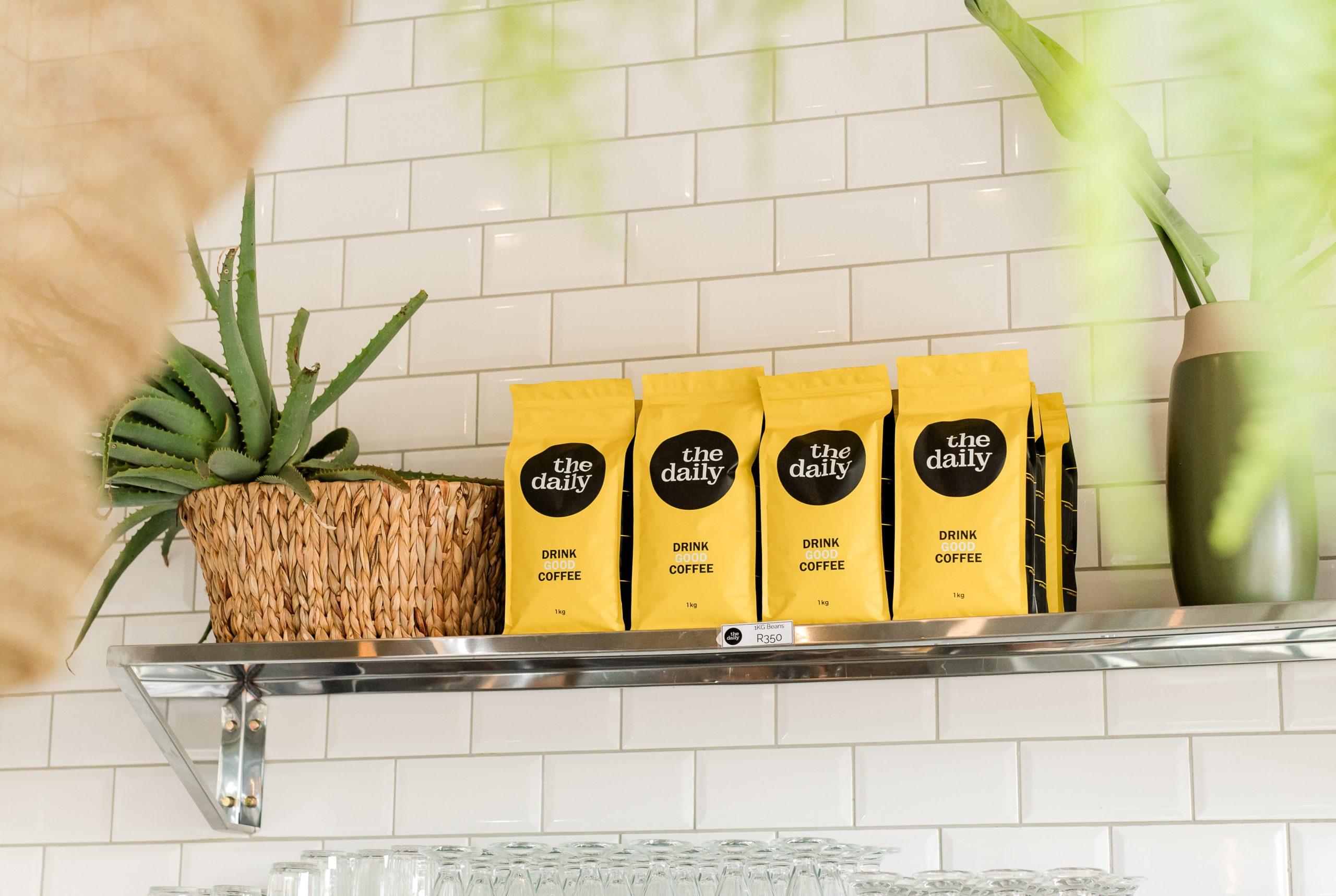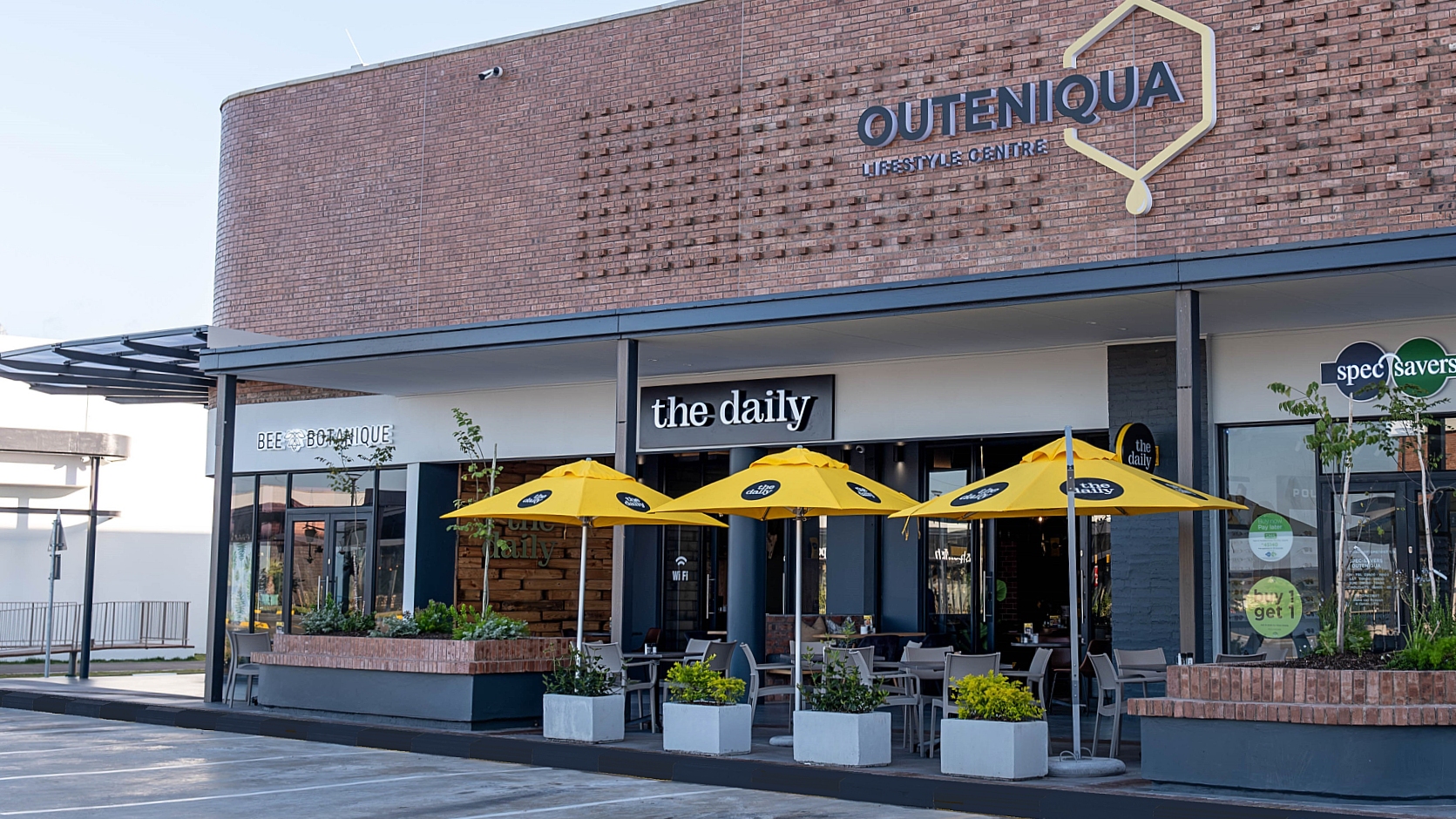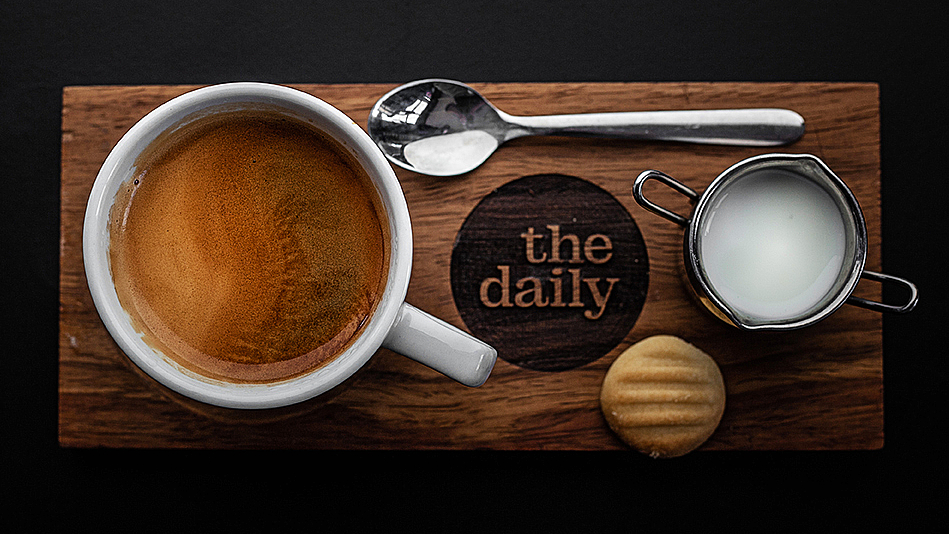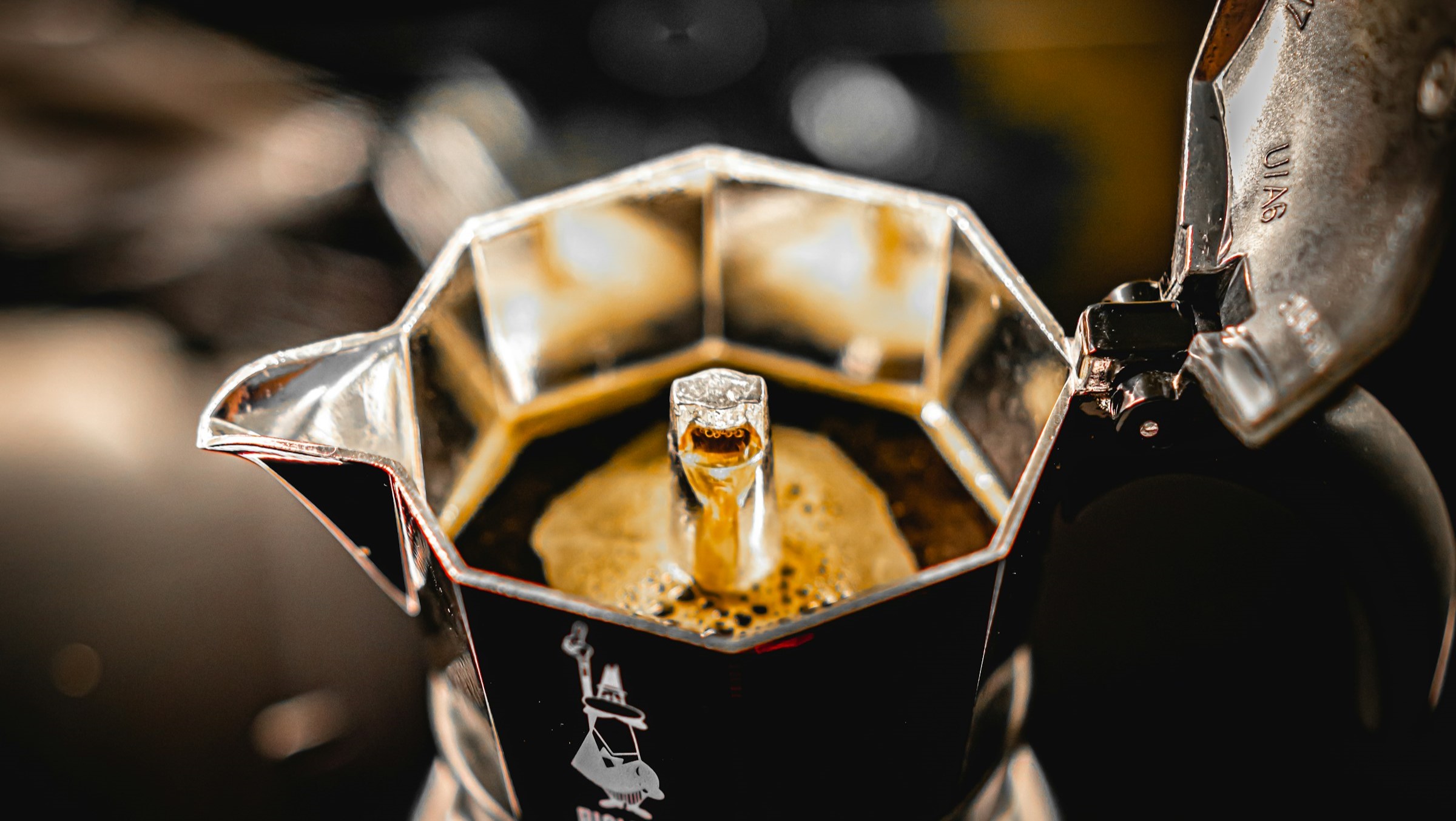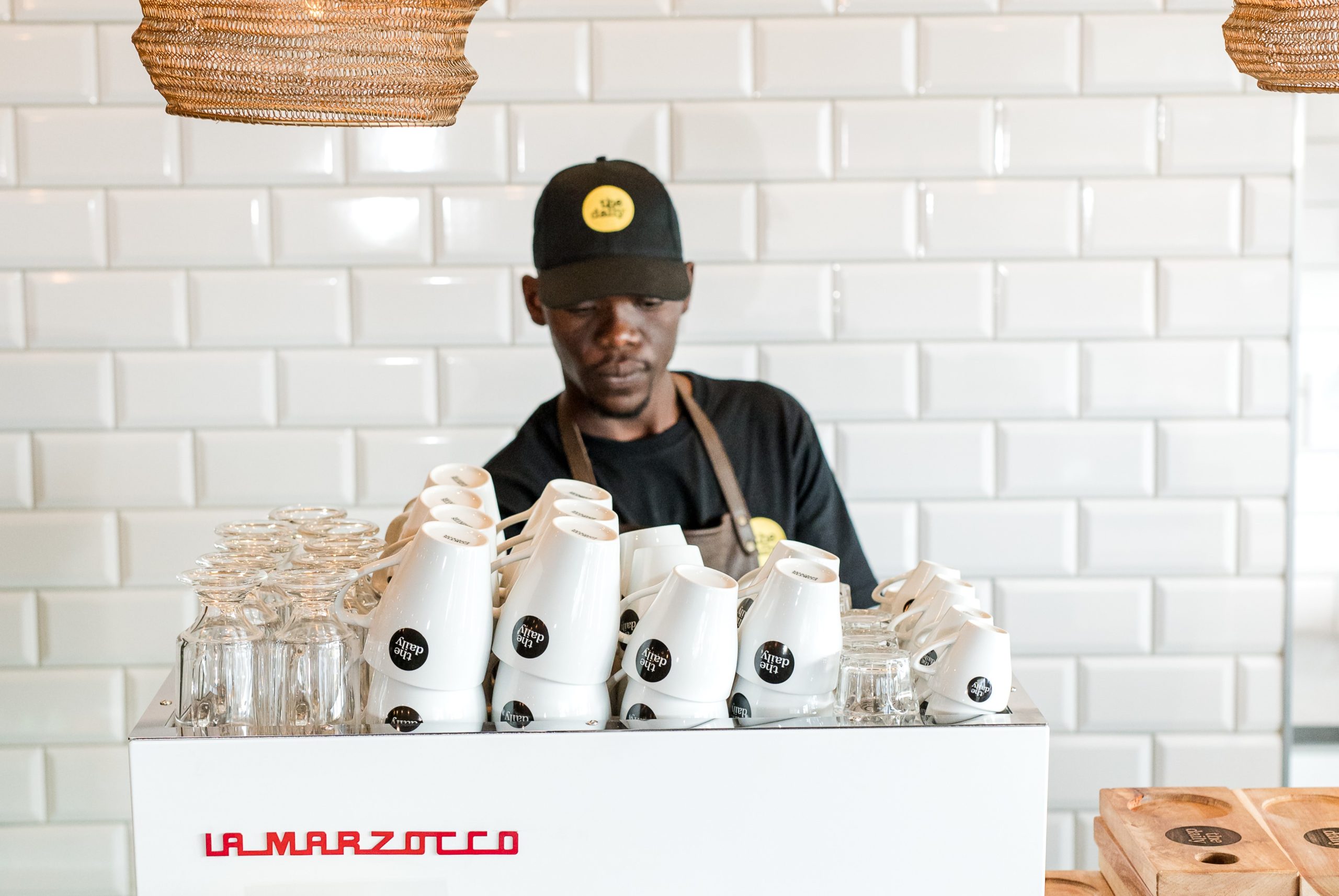Roasting coffee beans: Light, medium or dark – what’s the difference?
The roast can make or break your cup – here’s what to know!
If coffee beans are the ingredient, then roasting is the recipe. This is the fusion lab where flavour is developed, shaped, and transformed. Whether you enjoy your coffee smooth and mellow or dark and intense, the roast is the magic touch that brings the bean’s personality to life.
Let’s unpack the roast spectrum and what it means for your cup!
Roasting techniques: Drum roasting vs. air roasting
Roasting coffee is as much a craft as it is a science. The roasting method significantly influences a coffee’s final flavour profile and chemical composition. Two widely used roasting technologies today are drum roasting and fluid bed roasting.
- Drum roasting
This technology involves indirect heat transfer via a rotating drum, where beans inside the drum are roasted through conduction from the drum surface and convection from heated air. This method allows for greater control over development time and is ideal for creating deeper, caramelised flavours with pronounced body.
- Fluid bed roasting
By contrast, fluid bed roasting (also referred to as air roasting) suspends the beans on a stream of hot air, relying almost entirely on convection. This results in a faster roast curve, cleaner cup profiles, and heightened acidity. The hot air, furthermore, forces out the chaff and other contaminants that might otherwise burn into the beans and mask the true flavour profile of the bean. It’s often favoured for highlighting origin characteristics and producing consistent results with minimal charring.
Each technology offers distinct advantages, and the choice often depends on the desired flavour outcome, batch size, and roasting philosophy.
The roasting process: From green to brown
Coffee roasting isn’t just about turning green beans brown, it’s a highly controlled process that allows a series of chemical reactions to take place, creating the flavours we love. let’s take a look at the stages of the roasting process!
- Stage 1: Drying
The process begins with drying the beans. As they heat up, moisture evaporates, and the beans become more porous. This stage is crucial for preparing the beans for the next steps.
- Stage 2: Yellowing
As the beans continue to heat up, they start to turn yellow. This is the stage when the Maillard reaction (a chemical reaction between amino acids and sugars) starts to take place, which will contribute to the flavour development.
- Stage 3: First crack
As the beans reach a temperature of about 196°C, they undergo a significant change. The beans expand rapidly and crack physically, releasing gases and marking the beginning of the transformation from green to roasted coffee. At this point, lighter roasts start to take shape.
- Stage 4: Second crack
As the beans continue to roast, they reach a second cracking point, around 224°C. This stage is when darker roasts develop, characterized by a fuller body and deeper, more intense flavours.
The difference between these stages is what creates the distinct flavour profiles we associate with light, medium, and dark roasts.
Flavour profiles
Coffee roasts are typically grouped into three main flavour profiles:
- Light roast: The bright and lively one
Light roasts are roasted to a lower temperature, just enough to start the roasting transformation, but with the beans retaining much of their original character and complex flavours.
- Flavour: Bright, fruity, floral, sometimes citrusy
- Body: Light to medium
- Acidity: High (In coffee terms, that means it’s zingy, not sour.)
- Caffeine: Slightly more than darker roasts
Try it if you enjoy a more delicate, tea-like coffee with vibrant flavours.
- Medium roast: The all-rounder
Roasted longer to balance origin flavours with deeper, sweeter notes developed during roasting. This level offers a smooth, well-rounded cup with both brightness and body.
- Flavour: Balanced, smooth, often with hints of caramel, nuts, or cocoa
- Body: Medium
- Acidity: Medium (pleasant, not sharp)
- Caffeine: Moderate
Try it if you prefer a flavourful cup that’s not too light or too bold. Some refer to it as the “Goldilocks – it’s just right!” roast, perfectly balanced between the fruity brightness of light roasts and the richness of dark roasts.
- Dark roast: The bold and intense one
Roasted to a higher temperature where roasting flavours dominate. Origin notes give way to bold, bittersweet flavours with lower acidity and a fuller body.
- Flavour: Bold, smoky, chocolatey, sometimes bitter
- Body: Full
- Acidity: Low
- Caffeine: Slightly lower than lighter roasts, but not by much
Try it if you enjoy a strong, rich cup with deep, roasted flavours and minimal tang.
What about espresso roasts?
Espresso isn’t a roast level, it’s a brew method. But some beans are roasted with espresso in mind, usually on the medium-to-dark side for a smooth, full-bodied shot with low acidity.
How to choose
There’s no right or wrong here, just personal preference. A lighter roast might bring out fruity notes in an Ethiopian bean, while a darker roast might highlight the boldness of a Brazilian coffee.
At The Daily Coffee Café, we’ve created Our Roast, our inhouse medium roast blend crafted for a deep, rich flavour with soft undertones, a hallmark of Eastern African beans. It pairs beautifully with the milk-based coffees such as cappuccinos, flat whites and lattes South Africans love, but is equally satisfying as a smooth, full-bodied espresso.
Next up
In the next article in our “What Makes a Good Cup of Coffee?” series, we’ll explore why grind size matters. As we’ve discovered so far, brewing a great cup is all about the details, and when it comes to flavour and balance, grind size can make or break your brew.

